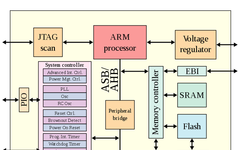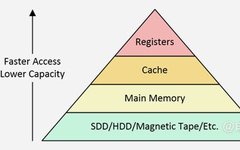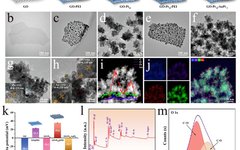Principles of POCT Technology | Chemiluminescence, Biosensors, Microfluidics, Immunochromatography…
01 Dry Chemical Analysis Technology Dry chemical technology is compared to traditional wet chemical technology, where the liquid present in the sample serves as the reaction medium. The components to be measured react directly with dry reagents fixed on a carrier, allowing for qualitative observation or instrument detection (semi-quantitative) for chemical analysis. Single-layer Test Paper … Read more




